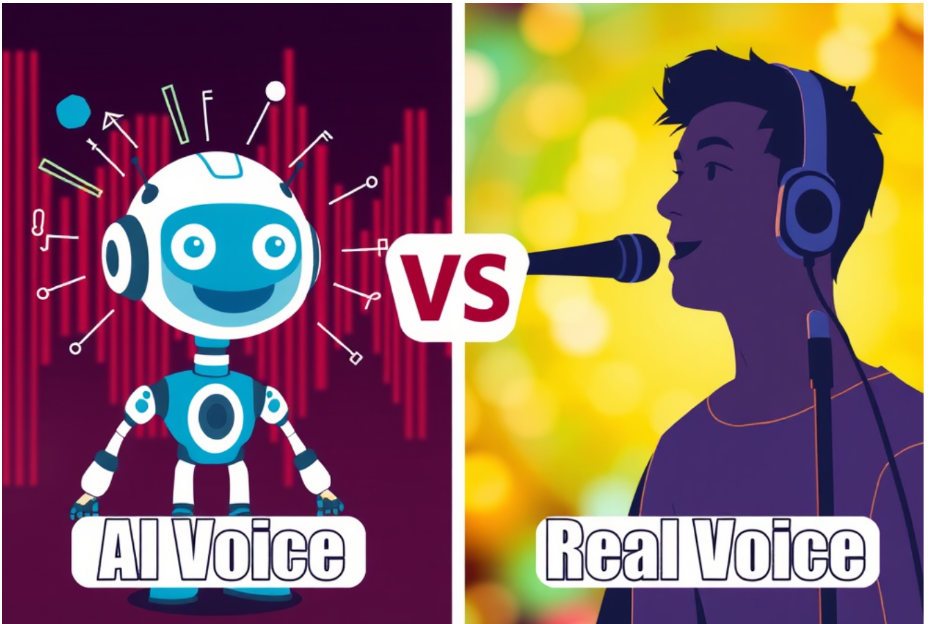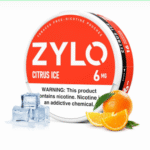Do you have a YouTube channel? Or are you planning to create a channel? There are two choices – AI voice or my real voice for videos. So, which is better? It’s easy to make an informed decision to try AI tools, as they only cost a little. But is it better than a real voice? Let’s talk about it.
What Is an AI Voice?
An AI voice is a computer-generated voice that sounds like a real person. You write a script, and the AI reads it out loud for you. Some AI voices sound very real—like a real person talking.
Tools like Minimax AI voice generator let you pick from different voices, languages, tones, and even emotions. Pretty cool, right?
But here’s the real question: is that good enough for YouTube?
Why Some People Like Real Voices Better
Many people still prefer real human voices. Why?
Emotion and Feeling
A real voice can sound excited, sad, funny, or serious. You can feel it. This is great for stories, personal vlogs, or anything where you want to connect with your viewers.
Trust and Personality
When people hear your real voice, they feel like they know you. That’s how trust starts. Some YouTubers say their voice is part of their “brand.”
Language Flow
If someone can’t speak a language well, viewers notice. But if the speaker knows the language—even if they have an accent—it still sounds real and natural. Viewers often respect that effort.
Why AI Voices Are Getting More Popular
Even with all that, more YouTubers are starting to use AI voices. And there are good reasons for that.
It’s Cheaper
Hiring a voice actor can cost a lot. And doing your own voice takes time and gear (like a microphone, editing tools, etc.). AI voices like Minimax are much cheaper—or even free to try.
It Saves Time
Need to change one line in your video? With a real voice, you have to record it again. With AI, just update your script and click a button.
It’s Always Available
Your voice might be tired. You might have a sore throat. But your AI voice? It’s always ready, day or night.
Quality Is Getting Better
Some AI voices sound very human now. Viewers might not even notice it’s AI—especially if your content is educational or explainer-style.
Things to Watch Out for With AI Voices
AI voices aren’t perfect. Here are a few things to keep in mind.
- They can sound robotic — Not all AI voices are great. Some still sound fake or flat.
- No ad-libbing — AI only says what’s in the script. No jokes, no small talk, no little “ums” or “hmms” that make people sound human.
- Less emotion — AI voices are getting better at emotion, but they still can’t beat a real person’s natural tone.
That’s why some people say: “If a video uses an AI voice, I stop watching.” And honestly, that’s okay. Different viewers like different things.
What’s Right for Your Channel?
There’s no one right answer. Here’s how to decide:
- If you’re low on budget → Try AI with Minimax. It saves money and time.
- If you’re doing stories or vlogs → Use your real voice to connect better.
- If your content is educational or product-based → AI can work just fine!
- If you’re not confident speaking English → AI might help make your content smoother, but real effort in learning still wins hearts.
Don’t be afraid to test both. You can even make two versions of one video—one with AI, one with your real voice—and see which your audience likes more.
A Note on Hate Comments
Let’s be honest. If you’re on YouTube, people will leave mean comments sometimes. If your voice sounds different, or if you’re not from the U.S. or U.K., you may get more hate. It sucks. But don’t let that stop you.
Your voice—real or AI—deserves to be heard. There are also many kind and supportive viewers who love what you create. Keep going!
Final Thoughts
If you’re curious about using AI voices, Minimax is a great place to start. It’s easy, fast, and you can test different voice styles to see what fits your channel best.
Whether you use your own voice or a digital one, the most important thing is your message. If your content is helpful, honest, or fun—people will listen.

















